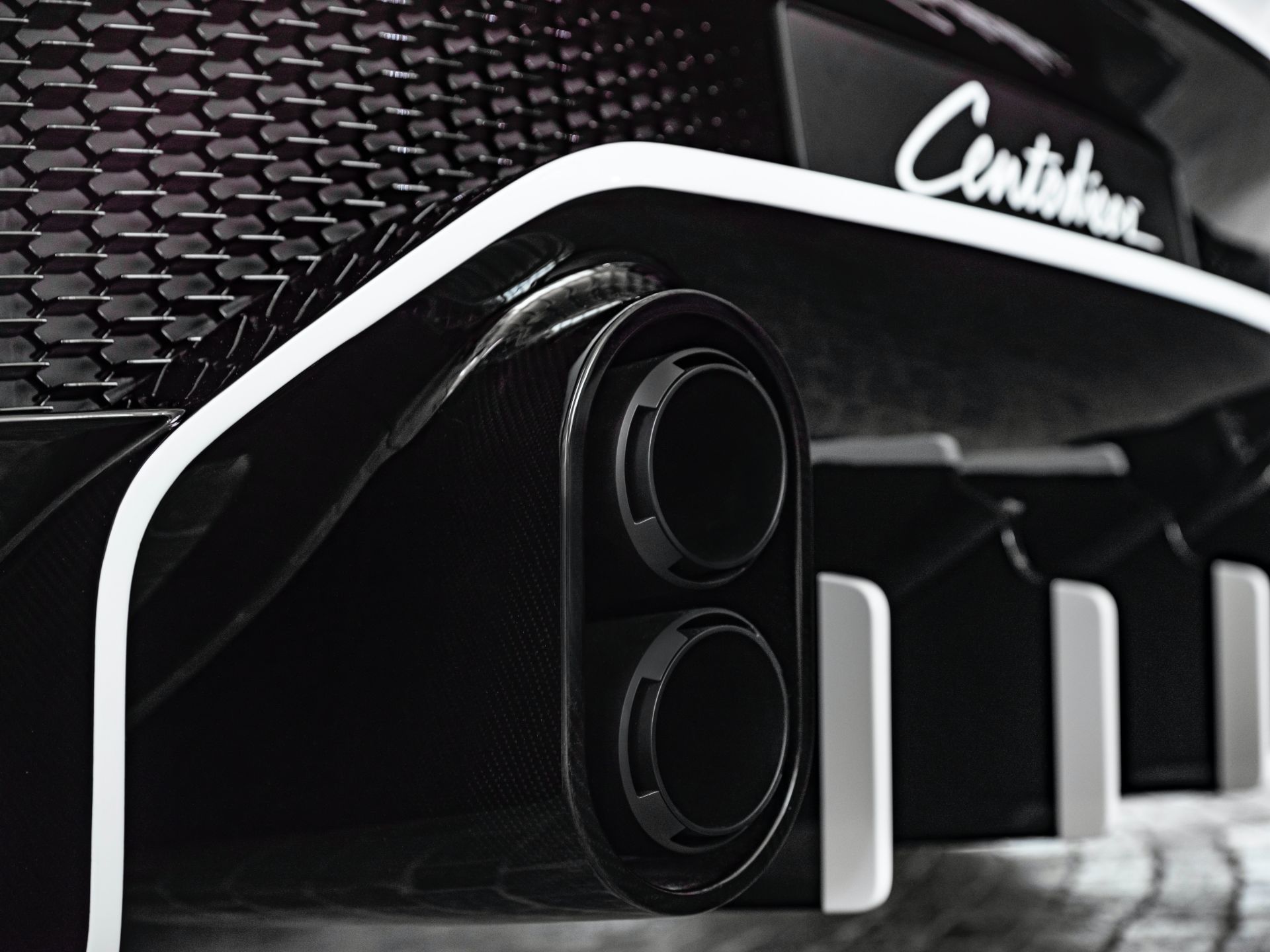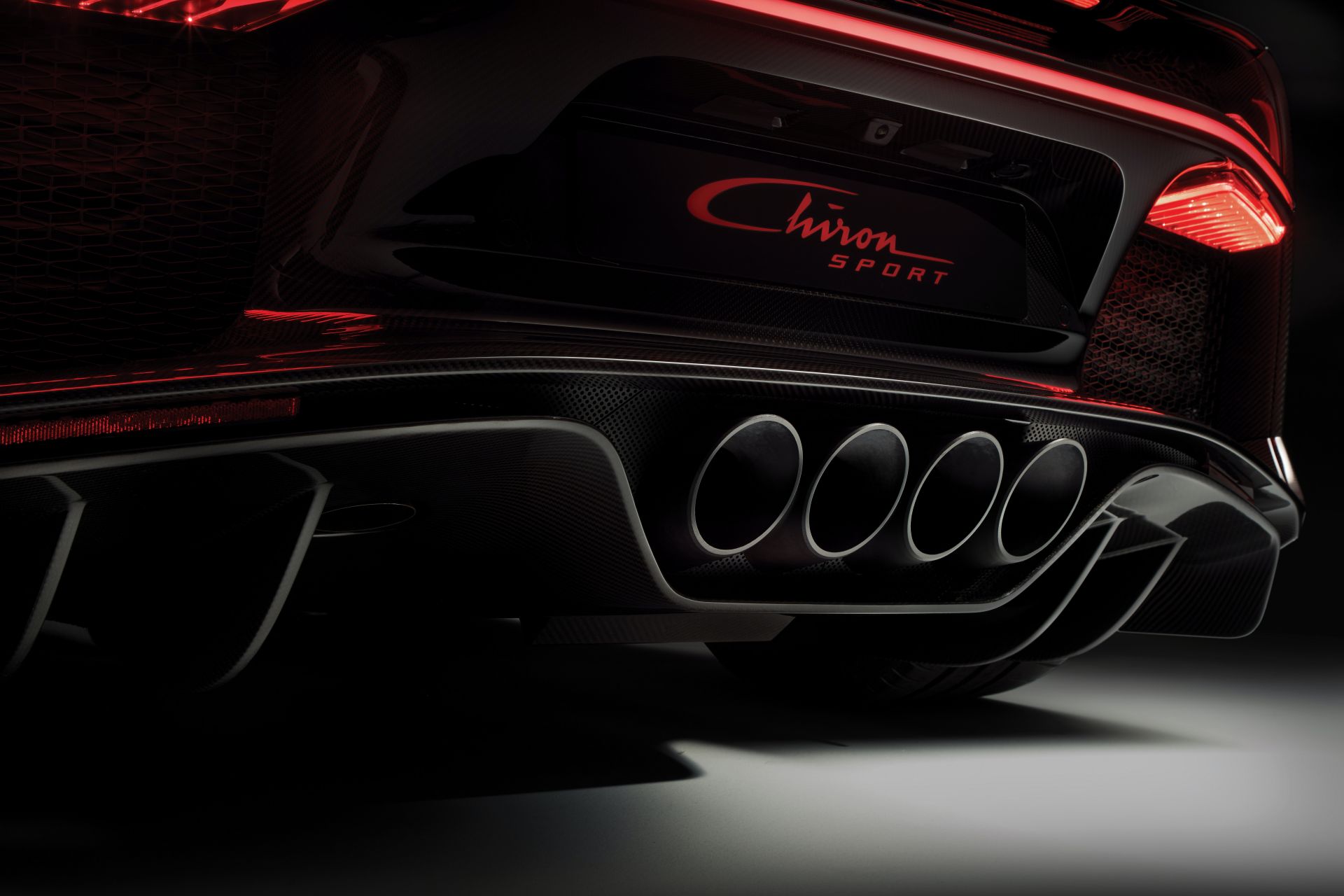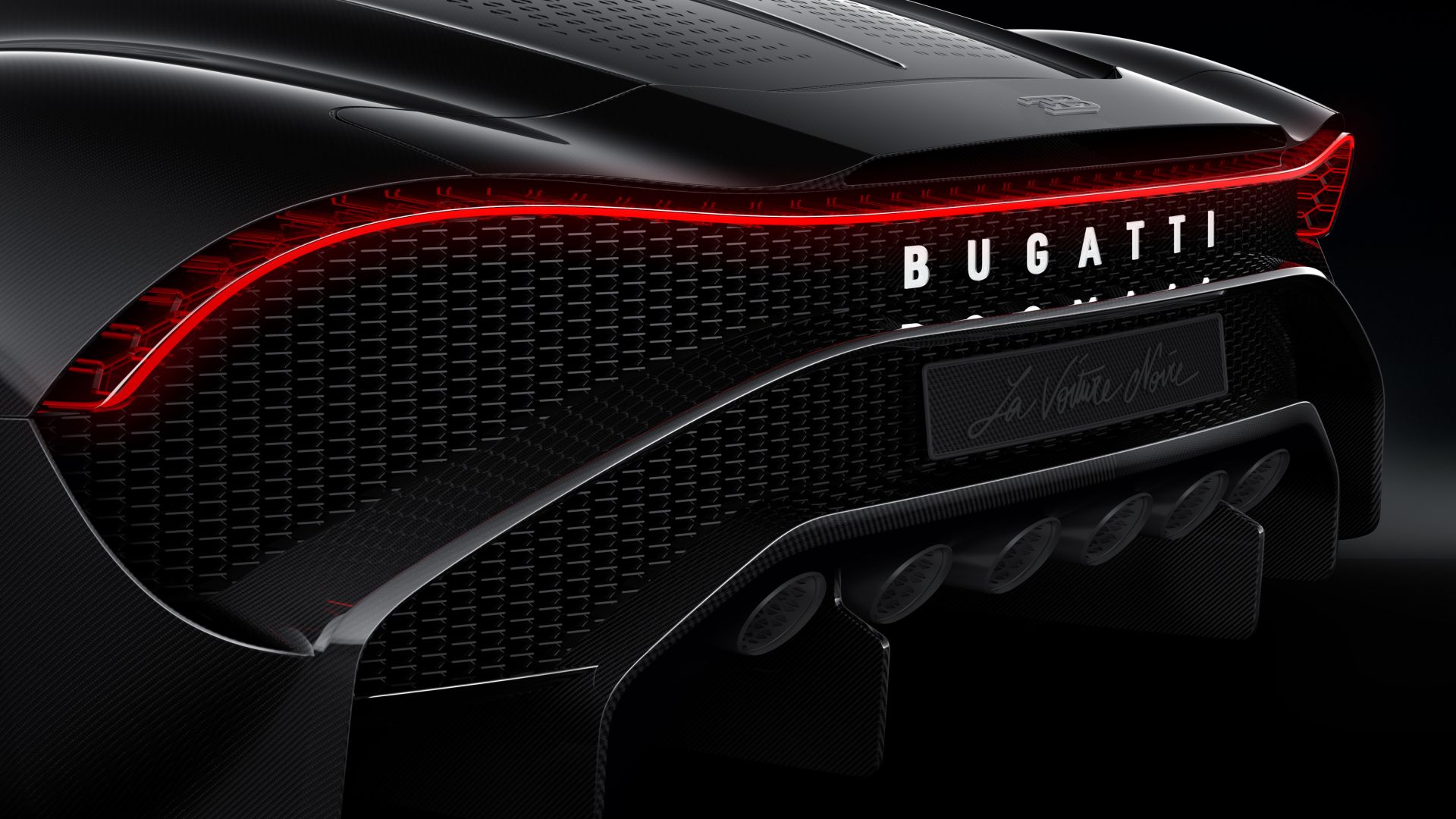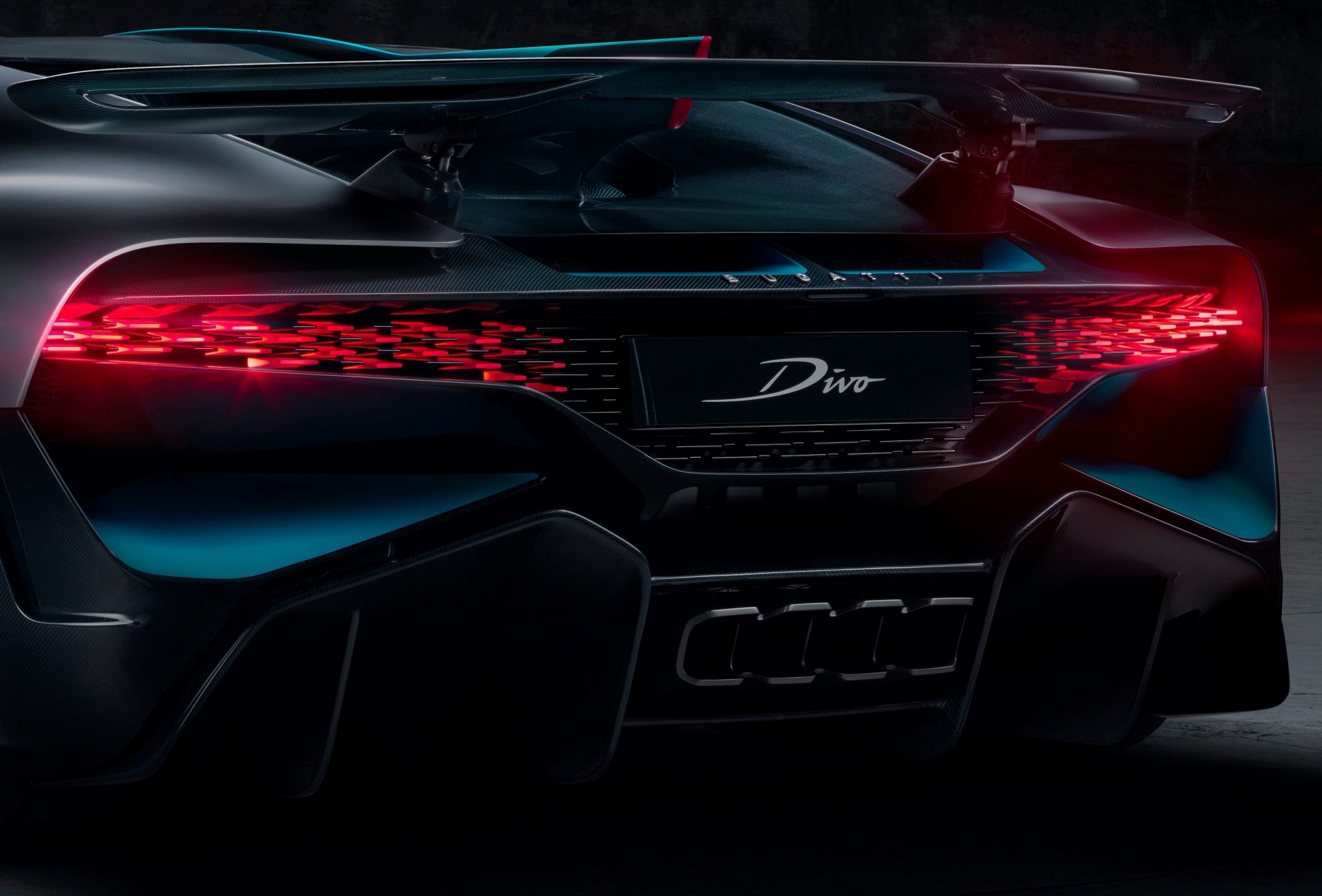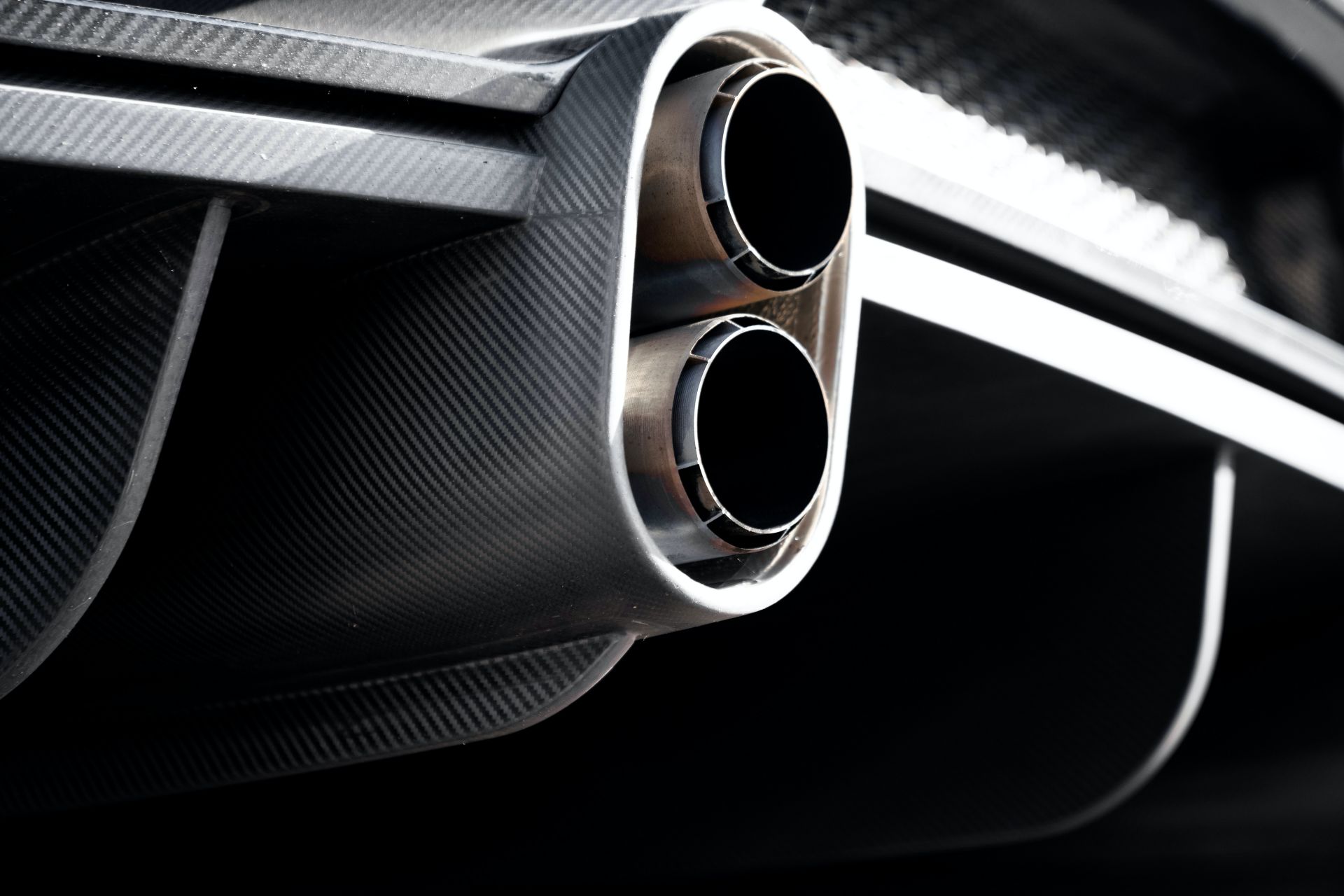Everyone knows Bugattis are entirely built by hand, yet not all the parts used to make them are manufactured directly by humans.
A production technology that has become increasingly popular with the hypercar manufacturer is 3D printing, and for good reason. Components created this way are “as fine and accurate as a spider’s web, yet as stable as a solid steel structure and extremely light”, according to Bugatti.
Nevertheless, 3D printed components are very complex to produce, which is why they are mostly used in the aerospace industry. Of course, given the speeds its hyper sports cars are capable of reaching, Bugatti is as close to the aerospace industry as carmakers can get, so it should come as no surprise that the company uses 3D printing as well.
Watch: World’s Loudest Bugatti Veyron With Aftermarket Titanium Exhaust Sounds Like Khaleesi’s Dragon
As you would expect from a company of its kind, Bugatti does not 3D print plastic parts. For its hyper sports cars, including the Chiron Pur Sport and Super Sport 300+, the French luxury manufacturer uses a 3D printer to craft titanium tailpipe trim covers.
As a matter of fact, Bugatti is the only company in the automotive industry that 3D prints titanium, with obvious advantages. The approximately 220-mm (8.6-in) long, 480-mm (18.9-in) wide and 130-mm (5.1-in) high trim cover at the rear of the Chiron Pur Sport weighs just 1,85 kilograms (4 lbs), including grille and bracket. That’s some 1.2 kilograms (2.6 lbs) less than the cover on the standard Chiron.
To build it, four 400-watt lasers simultaneously print titanium with the highest possible precision – at the thinnest point, the wall thickness is just 0.4 mm (0.01 in). The 3D printing process consists of approximately 4,200 layers of metal powder being stacked on each other and firmly fused together.
Bugatti has begun developing components using 3D printing in 2018, when the special trim cover for the Chiron Sport and Divo entered production. In 2019, the La Voiture Noire and the Centodieci also made use of this 3D printed component. For the Chiron Sport, the 3D printed tailpipe trim cover is made from Inconel 718, a heat-resistant, hard and light nickel-chrome alloy.




